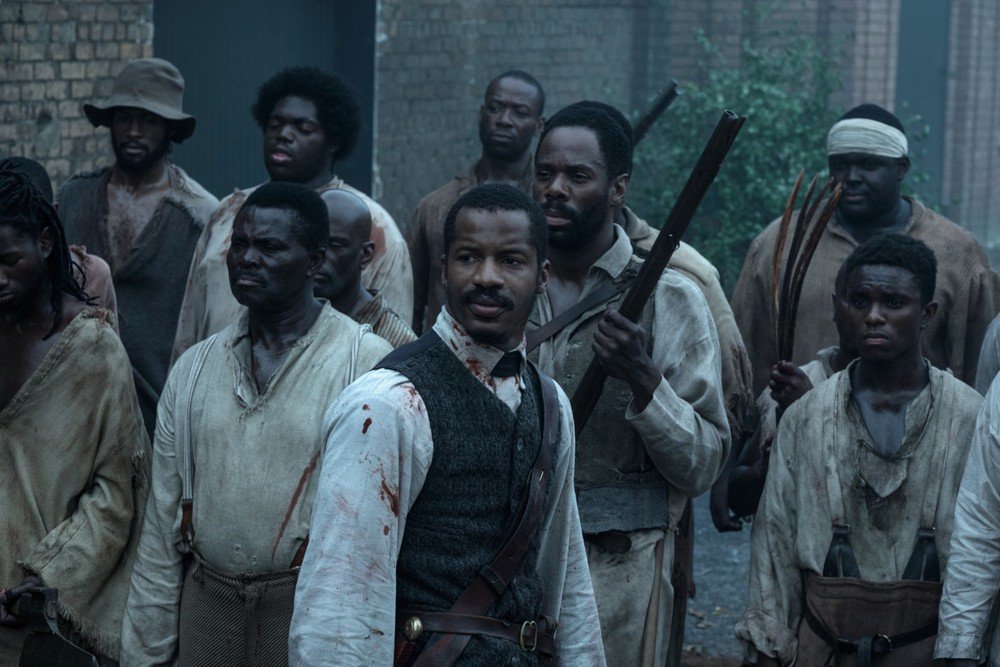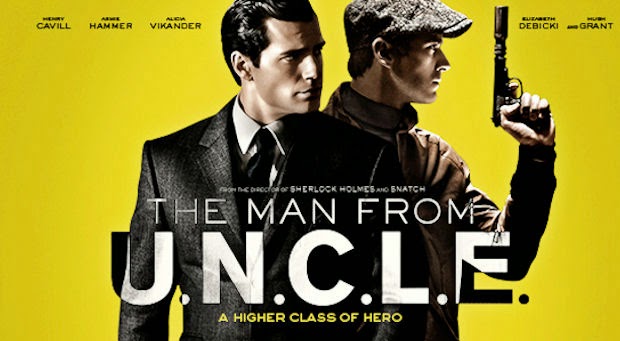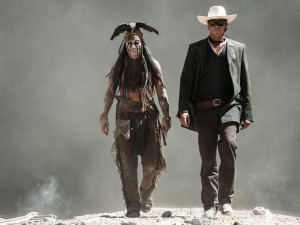Cars 3
Posted on June 15, 2017 at 5:23 pm
B| Lowest Recommended Age: | Kindergarten - 3rd Grade |
| MPAA Rating: | G |
| Profanity: | None |
| Alcohol/ Drugs: | None |
| Violence/ Scariness: | Peril and some violence including fiery car crashes, references to sad death |
| Diversity Issues: | Diverse characters |
| Date Released to Theaters: | June 17, 2017 |
| Date Released to DVD: | November 6, 2017 |

It’s better than “Cars 2,” but not as good as the first “Cars,” so it continues the saga of the second tier of Pixar movies. Second-tier Pixar is pretty good. But this time the storyline is unlikely to be of much interest to children. They’ll enjoy the race scenes (except for the ones that are too scary) and the silly humor. But the theme of this film is the existential dilemma of an aging athlete. While “Inside Out” and “Toy Story 3” addressed issues of growing older/up with infinite tenderness and sensitivity, “Cars 3,” with the help of generous samples of Paul Newman’s Doc Hudson character from the first film, has appropriated the plots of many of the “Rocky” movies, with now-champion Lightning McQueen (Owen Wilson) confronted with his own mortality. I know; they’re machines, but apparently they have parents and childhoods and lifespans.
Lightning is beaten by a super-slick competitor dashingly named Jackson Storm (Armie Hammer), who looks like he is visiting from another Disney movie, “Tron.” And there’s another blow. Lightning has loved being sponsored by his friends at Rust-Eze, but the company has been sold and his new sponsor is the smooth, corporate Sinclair (Nathan Fillion), who tells him that if he does not win his next race, he has to stop racing all together.
But racing is all Lightning knows or cares about. If he can’t race, who is he?
Sinclair has a very high-tech training facility that’s all about cybermetrics. Lighting is assigned a new trainer, Cruz (Cristela Alonzo), who is essentially a stopwatch on wheels. Everything is about readouts and algorithms. Lightning takes her out on the beach to show her what real racing is. And he decides that his mentor, Obi-Wan Kenobi, I mean Doc Hudson, may be gone, but perhaps he can find Doc’s mentor, and gain some wisdom.
Lighting and Cruz end up competing in what they think is a race but what turns out to be a demolition derby (pretty scary for G). They squabble and make up and Cruz confides that she once dreamed of racing. They do find Doc’s old friends, led by Smokey (Chris Cooper) and his adorable sidekicks.
It has talking cars, and kids will like that. And it doesn’t have the bombast and over-complexity of “Cars 2.” But it also does not have the heart we have come to rely on from Pixar, and if we feel disappointed, it is only because they have set the bar so high.
Parents should know that despite the G rating, this film has characters in peril including scary 3D car crashes and fire, many references to a sad death and to the challenges of aging, and a reference to unsupportive parents.
Family discussion: Why did Lou take other children’s toys? Who is your mentor and who can you help as Doc Hudson helped Lightning?
If you like this, try: the other “Cars” movies and “A Bug’s Life”






